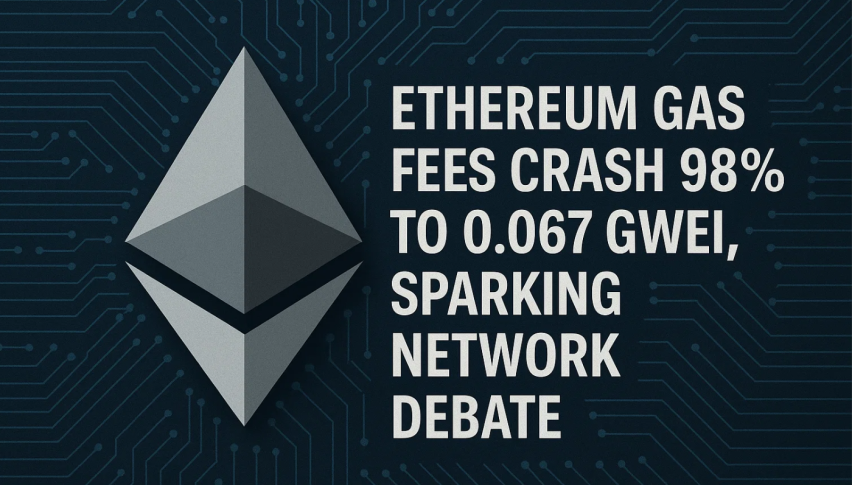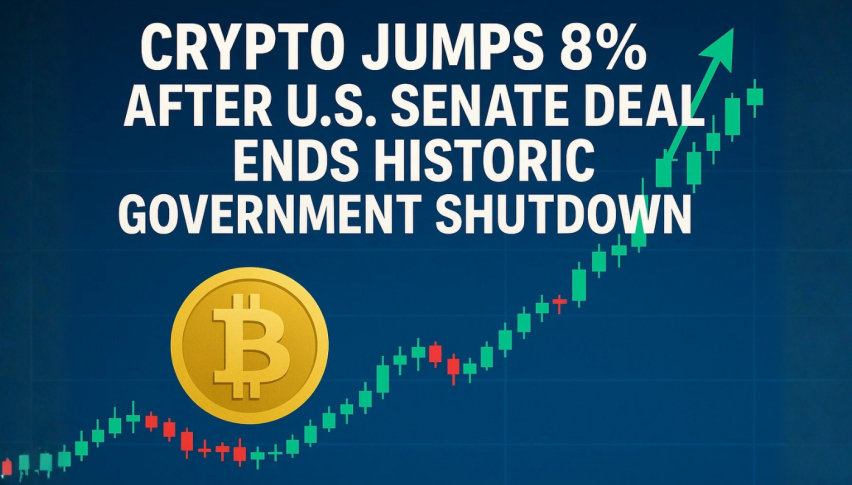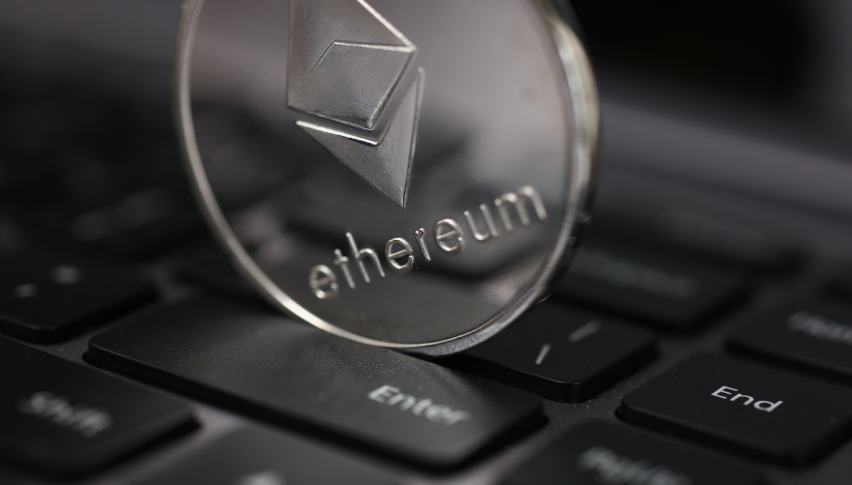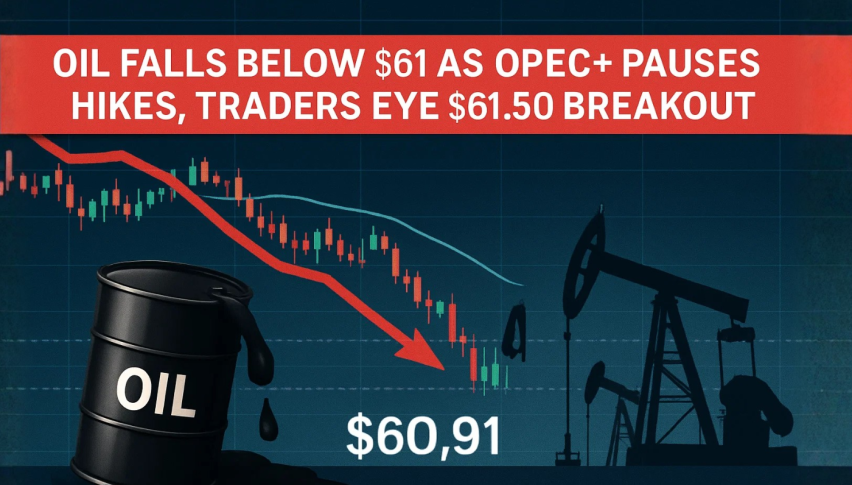Ethereum Gas Fees Crash 98% to 0.067 Gwei, Sparking Network Debate
The Ethereum network has been experiencing a sharp drop in gas fees, plummeting to just 0.067 Gwei—one of the lowest...

Quick overview
- Ethereum gas fees have dropped to a historic low of 0.067 Gwei, significantly benefiting users with cheaper transactions.
- Despite the short-term advantages for traders, analysts warn that plummeting fee revenue poses long-term risks to Ethereum's economic sustainability.
- The recent Dencun upgrade has optimized transaction costs but redirected revenue to Layer-2 solutions, creating internal competition for Ethereum's base layer.
- Falling demand for Ethereum's services may indicate users are migrating to alternative blockchains that offer lower costs and faster speeds.
The Ethereum network has been experiencing a sharp drop in gas fees, plummeting to just 0.067 Gwei—one of the lowest levels in the blockchain’s history. It’s a huge deal, following a broader slowdown in the crypto market that started after that big crash back in October. And while users are going wild about cheaper transactions, analysts are warning that this trend is actually revealing some pretty deep structural challenges that could spell trouble for Ethereum’s long-term economic health.
According to data from Etherscan, transaction fees have dropped off a cliff:
- Token swapping now costs an average of $0.11 per transaction – a tiny fraction of what it used to be
- NFT transfers come in at about $0.19 – basically pocket change
- Bridging assets to other blockchains is a whopping low $0.04 – that’s incredibly cheap
- On-chain borrowing averages a tiny $0.09 – next to nothing
This is a far cry from October 10th, when Ethereum’s gas fees skyrocketed to a whopping 15.9 Gwei, coinciding with that infamous flash crash that wiped out up to 90% of the value of some altcoins in just 24 hours.
By October 12th, fees had swooped back down under 0.5 Gwei and remained under 1 Gwei for most of October and November.
⛽ Over the weekend, Ethereum network gas fees plunged to multi-year lows .
Now almost any activity on the blockchain of the second-largest cryptocurrency by market capitalization costs less than $0.05.
Amazing, who would ever think a time like this would come.
I remember… pic.twitter.com/ZrWjDigQ0B
— Adaora Favour Nwankwo (@adaora_crypto) November 10, 2025
Traders Get a Break, Network Takes a Hit
For traders and investors, all this means a short-term windfall – with fees this low, you can execute trades, swaps, and NFT sales faster and cheaper than at any point in recent years. But industry insiders warn that this collapse in fee revenue poses serious long-term risks to Ethereum’s economic sustainability.
The thing is, Ethereum’s base layer relies on those transaction fees to fund the validators who keep the network secure. With revenue plummeting by more than 99% since the start of the year, people are worried that low fees may be undermining the incentives that keep the network safe.
Experts are also pointing out that falling demand is a sign that users are starting to jump ship to alternative blockchains that offer even lower costs and faster speeds.
Key takeaways:
- Ethereum’s validator revenue has tanked since the upgrade
- Ultra-low fees may actually discourage validators from participating
- Declining demand could be a sign that users are switching to the competition
Dencun Upgrade: A Double-Edged Sword
So why are gas fees so low right now? It all comes back to the Ethereum Dencun upgrade back in March 2024. This upgrade optimised data storage and reduced transaction costs for Layer-2 scaling solutions, making it much easier and faster to use the network—great news for users. But it also redirected all of Ethereum’s transactional activity—and revenue—to its Layer-2 ecosystem.
Here’s the thing: this is not unique to Ethereum – all the major Layer-2 networks like Arbitrum, Optimism, and Base are doing the same thing – helping Ethereum scale, but essentially eating into base-layer revenue at the same time. Research from Binance highlights the problem: ‘Layer-2 networks might help Ethereum scale, but they also create internal competition for revenue’.
As Ethereum continues its journey, the big question is: can the network maintain its long-term security and economic model while still offering the super-cheap transactions users are now accustomed to?
- Check out our free forex signals
- Follow the top economic events on FX Leaders economic calendar
- Trade better, discover more Forex Trading Strategies
- Open a FREE Trading Account


